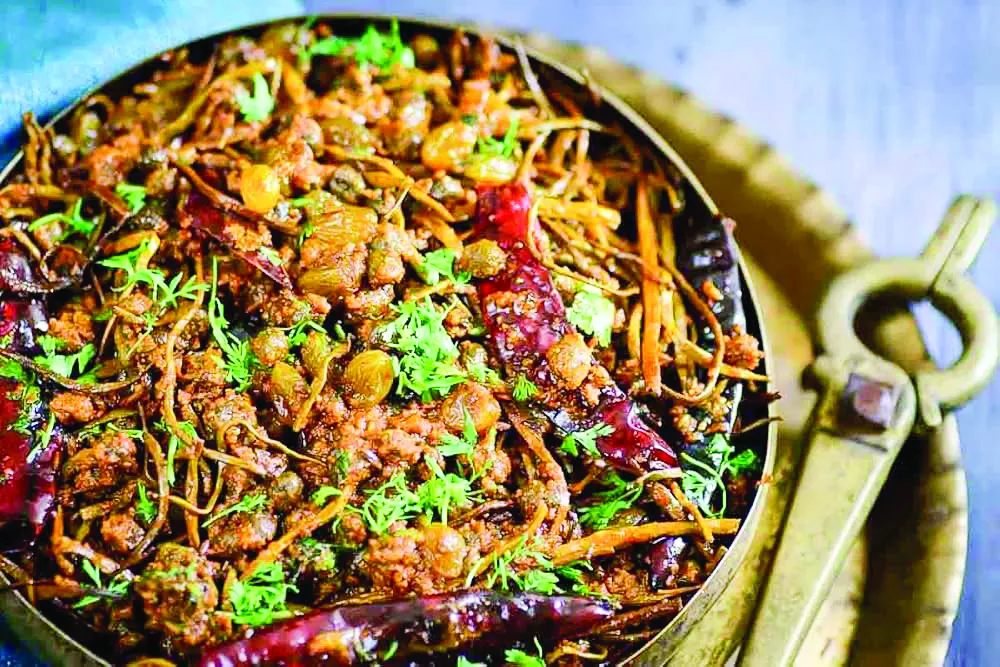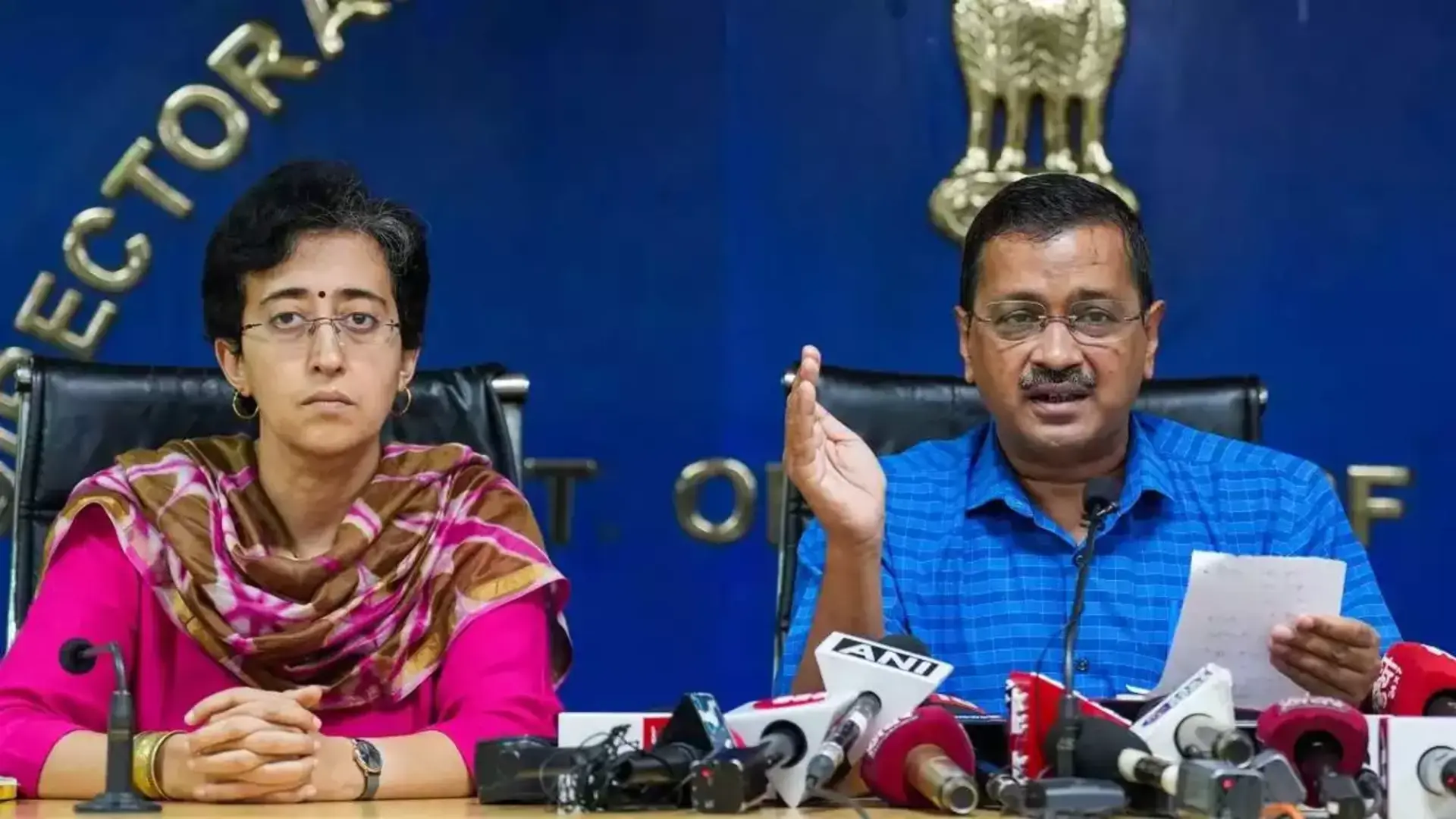It is said, ‘Jesa ann, wesa mann,’ (you are what you eat). Very soon, since I embarked on my journey to explore food, I realized the importance of food being healthy and tasty at the same time. While taste helps in connection with your soul, the healthy aspect of food helps in providing required nourishment to the body. Although what is healthy and what is tasty is a question I always get confused about.
Rajasthan, where my roots belong, is known for its resilient food culture that has evolved with its harsh desert terrain. From humble bajra rotis cooked on cow dung fires to inventive preservation techniques, each dish tells a story of adaptation. The food here is more than just sustenance; it’s a reflection of how generations have thrived by creating nourishing dishes from whatever the arid land provides. This deep connection between food, land, and people sparked my curiosity to explore more.

Also, I have always heard from my elders about how the food they used to eat earlier was much tastier. It made me ask a fundamental question about why they were so happy with the food back then while I, with so many options in this global world of food, am still not. Was it the recipes, traditional cooking techniques, quality of raw material, farming practices, or was it something else entirely? Also, why was that food considered healthy? Really compelled to know it in a deeper sense, I decided to explore rural Rajasthan, which is also the place my ancestry came from.
Thus began my planning for the journey. My friends Mohit (a long-distance cyclist) and Anurag (a filmmaker) chose to join me in the first half of my journey.
The first few days were spent cherishing experiences of cycling. Syncing with the cycling style of different riders and getting habitual about fixing the punctures of tires at least a couple of times in a day… Visiting beautiful places, getting inside true rural places, learning about their cultures, cooking basic things, getting habitual about being greeted by people, and explaining for 100 times each day to the passerby about our cycling journey. Taking a bath in the roadside tube wells near the dhaba, sleeping in tents, choosing the right firewood to burn, and making our food over it, loading and unloading the cycle with a humongous amount of weight each day were other fascinating parts.
Although I was blessed with a beautiful name, ‘Vinayak,’ given by my parents, when it came to my relationship with food and as my hunger for answers grew, I came up with a name for myself and started exploring the food and the answers with the name “the hungry hitchhiker.” The answers then started coming in the most unexpected of ways; some of them I realized only after coming back from the trip.”

Few learnings on the road:
It is about ingredients, not recipes, but requirements:
In terms of food, my first major learning came while eating Laffa Falafel, a Middle Eastern dish in Pushkar, a place with a huge variety of fusion food due to the presence of foreigners, mainly Israelites, living there. Surprisingly, the ingredients used were mainly local, and nothing was imported from outside the country.
Another example came as I tried different things made out of Bajra (pearl millet). I realize it can be used to make khichdi, roti, dhokla, drinks, and sweet dishes. Similarly, the preservation of food, such as pickles and dried ingredients, is the invention out of necessity of not getting things to eat throughout the year. Bhujia, a truly popular snack from Bikaner, was invented out of Moth, an easily grown pulse in the region.
2. Love, companions, and everything else: Once, after cycling for a whole day and setting up the tent with the last rays of the day, really tired, we were cooking khichdi by burning using forest wood (which even had spikes on it). Maybe because the khichdi was cooked on the woodfire or maybe because we were just hungry, I felt that eating the meal with my two companions in worse situations, I felt I was eating one of the best meals of my life. It was just a simple khichdi that we ate with pickle. I learned how eating together with people with whom I have a really deep connection brings a whole different flavor to the food.
Once, while we were on the way to Bikaner, because of a cycle breakdown, we were forced to stay at a dhaba for two days. We slept on khaats (dhaba beds) alongside people working in that dhaba for two nights. It created an amazing bond with them. On the last night before our departure, they made us sit at a special place right next to where they were making the meal and made us eat the food there and made us eat more than what we would have eaten otherwise. For me, the love with which they had cooked it had made all the difference in the world. It was a totally different, satisfying experience.
3. Growing our own food, organic and other things, is the real satisfaction: Once, while staying at a house in a village near Bikaner, Raju,
Our host shared how he doesn’t like to eat meals outside and prefers the food at home before serving the meal. We just ate a simple onion and green chili vegetable dish. It was served with Bajra Roti cooked on heat created by burning dried cow dung. A simple khichdi was also served to go with it along with fresh ghee from the milk taken from the cows that live inside the house like family members. Even vegetables and bajra were grown on their own farm. I was amazed by the simplicity of the food that was served, yet it tasted as if it was the best food of my life. My definition of my ideal meal changed that day.
4. Hunger, companion of tasty food: I realized this only later on after coming back and reflecting on the trip. Thus also experimenting later on with myself.
Once we were left with no cash. While we had no money left with us, there was no ATM on the way. For another 100 km. Meaning we were left without money for the next whole day. It was a stressful stretch with no one really helping us as we were fighting the extreme heat of the desert sun as well. I will always remember that moment while giving my last set of 20 rupees note while purchasing a bunch of bananas. While all the hopes were vanishing on the way, and hunger increasing more and more, someone told us about a Gurudwara. While I had always heard about it, for the first time I was eating food at langar.
Another instance was while camping at Sambhar Lake; we couldn’t find firewood at night and thus had to sleep on an empty stomach. Eventually, we were able to get a meal to eat only the next day in the afternoon. Again, normal food tasted much tastier. These instances made me realize how eating food after giving proper rest to the stomach and having a fit body makes me enjoy food to its fullest.
While I went on the trip thinking to explore the recipes of Rajasthan, I explored much more. I ate at people’s homes, and I ate at the most expensive of places. While I thoroughly enjoyed the food at home, at times I just wished that expensive food would get over. No matter the wealth, the best food that one can eat is grown by oneself in one’s vicinity. The best way to go about life is by staying connected to nature. The most beautiful of dishes can be made using even some basic ingredients. I realize the importance of eating local and seasonal. This food is what is supposed to provide the nutrition required to survive in that region and season. Today my perspective around taste has changed a lot as I find the answers I was looking for.














